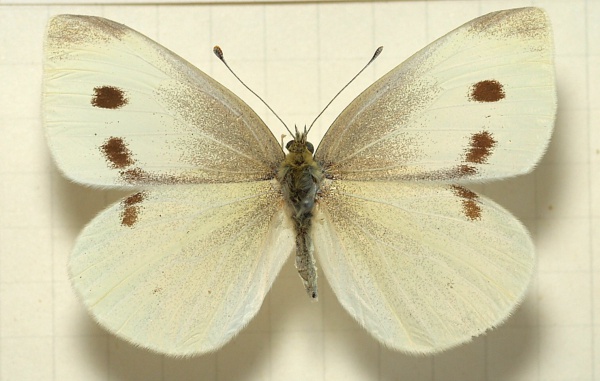Facts About Pieris rapae
The *Pieris rapae*, commonly known as the small white butterfly, cabbage white, or simply cabbage butterfly, is an enchanting species belonging to the Pieridae family. These butterflies are easily recognizable by their white wings adorned with small black dots. Unlike their larger relative, *Pieris brassicae*, which also sports a distinctive black band, *Pieris rapae* has a more understated elegance. The caterpillars of this species, often referred to as imported cabbageworms, are infamous pests for cruciferous crops such as cabbage and broccoli.
These butterflies are remarkably widespread, found flitting through Europe, Asia, and North Africa. They have even managed to establish populations in North America, New Zealand, and Australia through accidental introductions. With a wingspan ranging from 32 to 47 mm, these diurnal insects are active throughout the day and flourish in open areas abundant with various plants.
The life cycle of the *Pieris rapae* is quite compelling. Females lay their eggs on plants from the cabbage family, and the larvae that hatch are voracious feeders, consuming leaves with great enthusiasm. The pupa, which can be brown or yellowish, resembles that of *Pieris napi*. As adults, these butterflies feed on nectar from flowers, showing a strong preference for certain types of blossoms. Their courtship rituals are elaborate, with males performing specific behaviors to attract females for mating.
When it comes to oviposition, female *Pieris rapae* are meticulous. They use both vision and olfaction to find the ideal plants, exhibiting a preference for particular colors. Eggs are typically laid singly on the edges of plants. Larval growth is highly dependent on body temperature, and larvae can experience significant mortality rates at extreme temperatures.
Predators of the *Pieris rapae* include birds and other arthropods. The caterpillars are also targeted by parasitic insects such as *Cotesia rubecula* and *Cotesia glomerata*, while parasitoids like *Pteromalus puparum* often attack the pupae.

 Sri Lanka
Sri Lanka